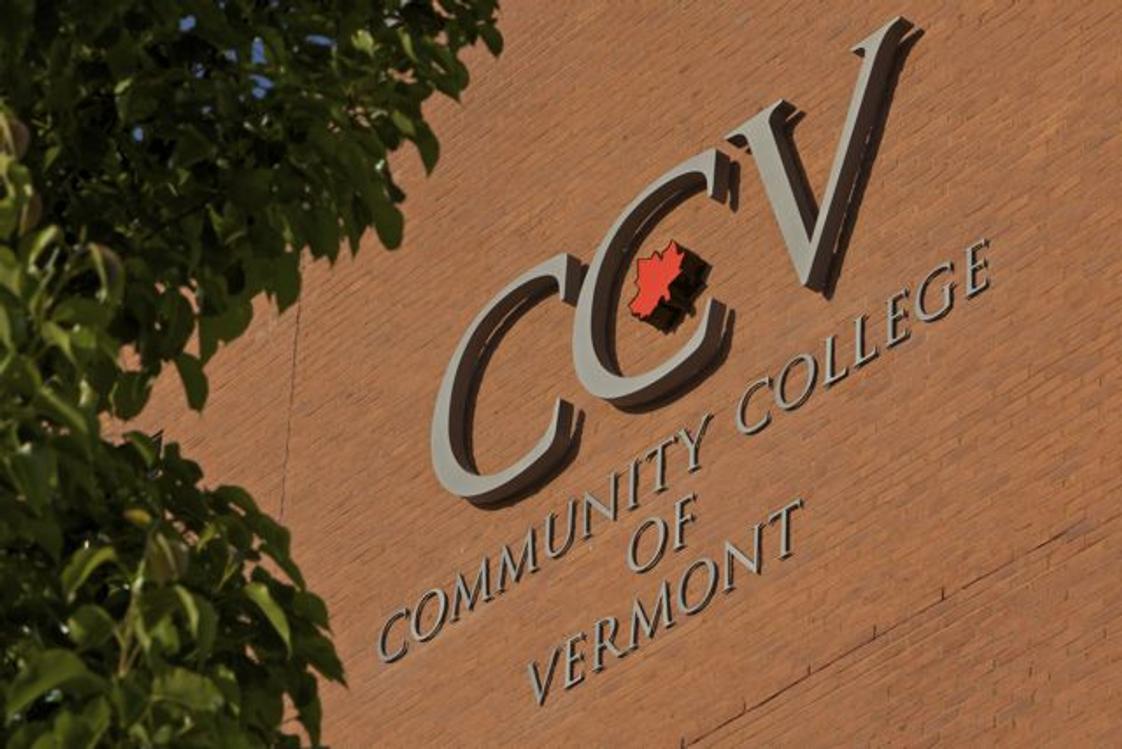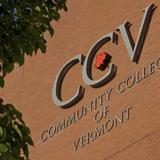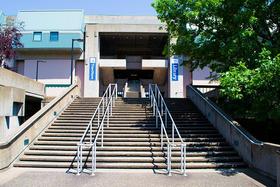- The Community College of Vermont is Vermont's second largest college, serving nearly 10,000 students each year. With twelve locations and extensive online learning options, our students don't have to travel far from their communities to access our degree and certificate programs, workforce, secondary and continuing education opportunities, and academic and veterans support services. CCV is deeply rooted in Vermont communities, providing students opportunities for academic and professional growth through flexible, innovative programs and exemplary support services.
School Highlights
Community College of Vermont serves 10,800 students (19% of students are full-time).
The college's student-teacher ratio of 22:1 is higher than the state community college average of 16:1.
Minority enrollment is 18% of the student body (majority Hispanic and Black), which is less than the state average of 22%.
Quick Facts (2025-26)
- Enrollment: 10,800 students
- In-state tuition: $280
- Out-state tuition: $560
- Acceptance Rate: 85%
- Student-teacher ratio: 22:1
- Minority enrollment: 18%
- Source: Verified school update
Top Rankings
Community College of Vermont ranks among the top 20% of public schools in Vermont for:
Category
Attribute
Community Size
Debt For Students
School Overview
The teacher population of 501 teachers has grown by 61% over five years.
Community College of Vermont
(VT) Community College Avg.
Carnegie Classification
Associates Colleges
Baccalaureate/Associate's Colleges: Mixed Baccalaureate/Associate's
Institution Level
At least 2 yrs but < 4 yrs
Four or more years
Institution Control
Public
Private not-for-profit
Total Faculty
501 staff
270 staff
Number of Programs Offered
39
38
School Calendar
Student Body
The student population of Community College of Vermont has grown by 111% over five years.
The student-teacher ratio of 22:1 has increased from 16:1 over five years.
The Community College of Vermont diversity score of 0.32 is less than the state average of 0.38. The school's diversity has declined by 5% over five years.
Total Enrollment
10,800 students
4,144 students
Student-Teacher Ratio
22:1
16:1
# Full-Time Students
2,052 students
1,924 students
# Part-Time Students
8,748 students
2,220 students
# Enrollment Undergraduate
256 students
393 students
# Full-Time Undergraduate Students
10,800 students
2,528 students
# Full-Time Graduate Students
n/a
33 students
# Part-Time Undergraduate Students
4,290 students
512 students
# Part-Time Graduate Students
n/a
129 students
Total Dormitory Capacity
n/a
510 students
% American Indian/Alaskan
n/a
n/a
% Asian
2%
2%
% Hispanic
4%
5%
% Black
3%
4%
% White
82%
78%
% Hawaiian
n/a
n/a
% Two or more races
4%
4%
% Non Resident races
n/a
1%
% Unknown races
5%
6%
Diversity Score
0.32
0.38
College Completion Rate (Students who graduate in less than 4 years)
24%
24%
College Completion Rate (Students who graduate in 4 years or more than 4 years)
n/a
34%
Average Graduate Earnings (10 Years)
$27,800
$30,700
Tuition and Acceptance Rate
The public in-state tuition of $280 is less than the state average of $6,570. The in-state tuition has declined by 95% over four years.
The public out-state tuition of $560 is less than the state average of $12,134. The out-state tuition has declined by 95% over four years.
In-State Tuition Fees
$280
$6,570
Out-State Tuition Fees
$560
$12,134
Tuition Notes
Tuition fees are per credit
% Students Receiving Some Financial Aid
94%
99%
Median Debt for Graduates
$10,510
$19,042
Median Debt for Dropouts
$5,308
$5,500
Acceptance Rate
85%
62%
SAT Reading
n/a
455
SAT Math
n/a
485
SAT Writing
n/a
435
ACT Composite
n/a
21
ACT English
n/a
19
ACT Math
n/a
21
Extracurriculars
Total ExtracurricularsTotal Extra-curric.
2 extracurriculars
ExtracurricularsExtra-curric.
Club or Organization:
Phi Theta KappaStudent Advisory and Leadership Council (SALC)
Source: 2024 (or latest year available) Integrated Postsecondary Education Data System (IPEDS) , School Administrators
School Notes
- Community College of Vermont, a Vermont State College, supports and challenges all students in meeting their educational goals through an abiding commitment to access, affordability, and student success.
Profile last updated: 07/16/2025
Frequently Asked Questions
How much does Community College of Vermont cost?
Community College of Vermont's tuition is approximately $280 for In-State students and $560 for Out-State students.
What is the acceptance rate of Community College of Vermont?
The acceptance rate of Community College of Vermont is 85%, which is higher than the state average of 62%.
What is Community College of Vermont's ranking?
Community College of Vermont ranks among the top 20% of community college in Vermont for: Largest student body and Least debt for graduating students.
Recent Articles

The Rise of Technical and Vocational Training in 2025
Explore the 2025 surge in technical and vocational training—enrollment, policy, costs, and why this path is gaining ground for students and parents.

Stackable Credentials: How Community Colleges Advance Careers
Discover how community colleges use stackable credentials to build career pathways, boost earnings, and enable lifelong learning in 2025.

High-Paying Jobs You Can Get with a Community College Degree
Discover top high-paying careers you can launch in 2025 with a community college (associate) degree and high-growth credentials in tech, healthcare and trades.


















